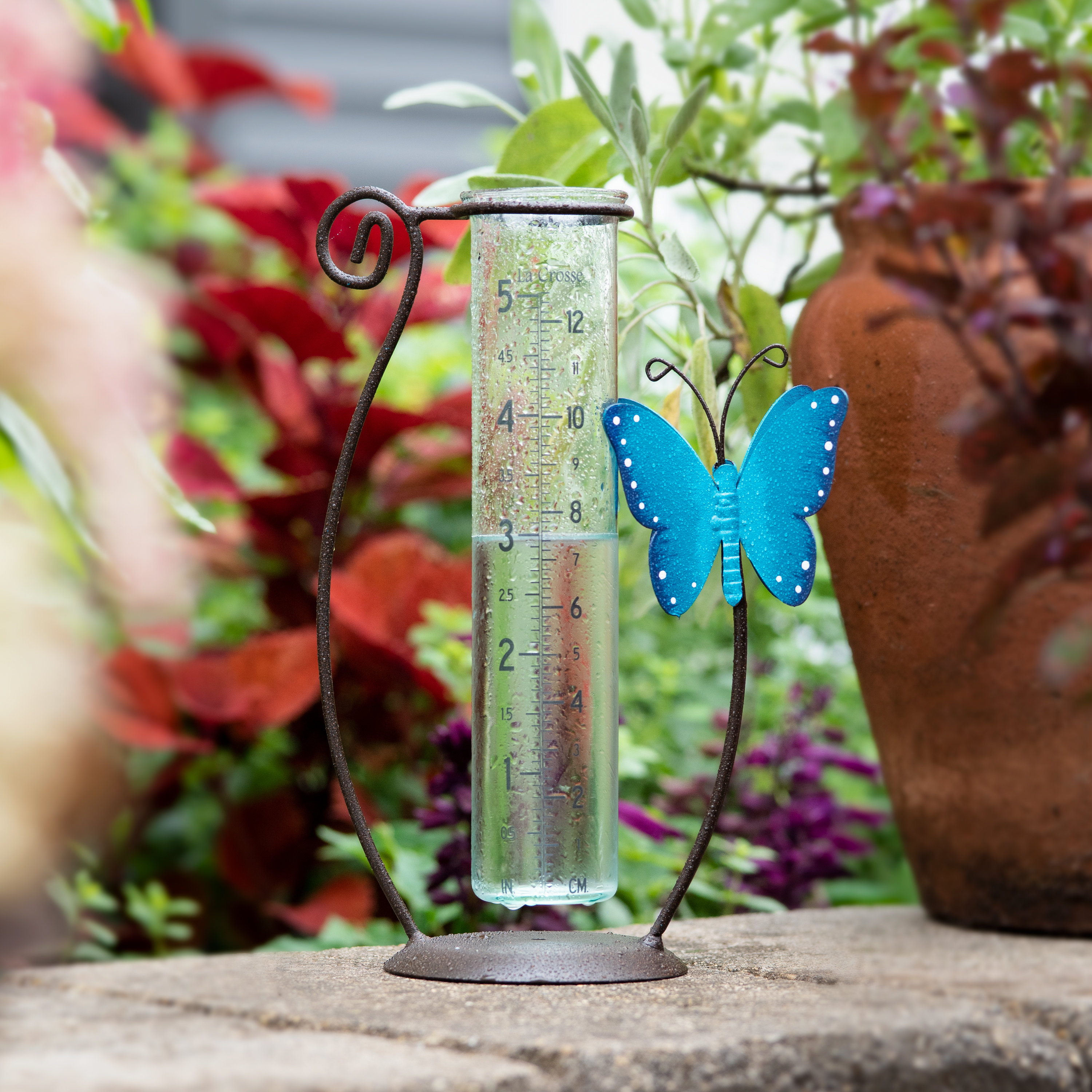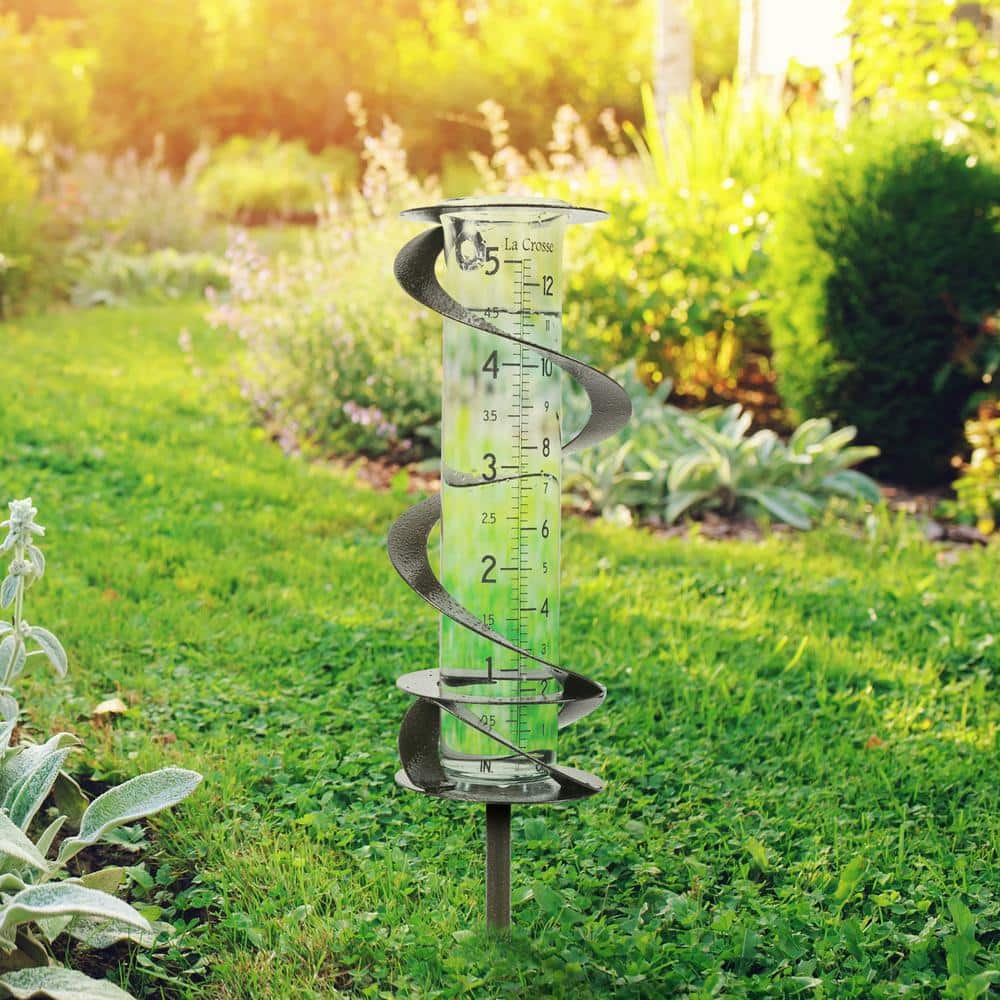Your Go-To Resource on The Rain Gauge: Benefits and Practical Applications
Wiki Article
Exactly How to Pick the Right Rainfall Gauge for Accurate Rain Information
To get reliable dimensions, it is important to select the appropriate rain scale. Thinking about factors such as place, kind, and precision of the rain scale will assist make sure accurate information collection. Furthermore, understanding the upkeep and calibration procedures will certainly add to the longevity and integrity of your rain scale.Significance of Choosing the Right Rainfall Gauge
The importance of choosing the right rainfall gauge depends on obtaining reliable and exact rains data for precise atmospheric analysis. Rainfall information is critical for a large range of applications, including climate forecasting, hydrological modeling, and climate research. Unstable or inaccurate data can result in incorrect verdicts and flawed decision-making processes.
Second of all, the precision and precision of the rain scale are extremely important. The gauge needs to be able to gauge rains with high precision, capturing also little amounts of precipitation properly. It must also minimize errors as a result of dissipation, wind, and other ecological aspects. Normal calibration and upkeep are important to make certain ongoing accuracy.
Furthermore, the area and setup of the rain scale are vital considerations. It ought to be positioned in an open area, away from blockages that could impact rains measurements. The scale should be positioned at a proper height and angle to prevent spilling and make sure proper catchment of rainwater.
Elements to Take Into Consideration When Selecting a Rain Scale
When picking a rainfall gauge, there are several essential aspects to take into consideration. There are various kinds readily available, consisting of basic rain evaluates, tipping bucket rain evaluates, and evaluating rainfall assesses.One more aspect to think about is the material of the rain gauge. Rain gauges can be made of various products, such as glass, plastic, or steel. The product picked ought to be resistant and resilient to climate condition, making certain that the rain gauge will certainly hold up against the elements and give precise measurements gradually.
Accuracy is also a vital aspect to take into consideration. Search for rain assesses that have actually been calibrated and evaluated for accuracy. Functions such as anti-splash rings and funnels can additionally enhance the accuracy of the dimensions.

Finally, consider the environment and environment in which the rain scale will certainly be used. Different rainfall evaluates appropriate for different climates, so it is necessary to pick one that is suitable for the problems in your location.
Different Kinds Of Rain Gauges Available
To additionally discover the factors to consider when picking a rain gauge, it is important to understand the different kinds of rainfall evaluates offered. The most typical type is the standard rain gauge, also known as the round rain gauge.An additional type of rainfall scale is the tipping pail rain gauge. This gauge uses a seesaw-like system to gather and determine rains. As the rainfall comes more under the scale, it fills up one side of the pail, triggering it to clear the water and tip. The number of pointers is counted online to determine the quantity of rains. Tipping bucket rain gauges are preferred for their precision and capacity to measure rains intensity.
A third kind of rainfall gauge is the considering rain scale. This scale utilizes an equilibrium system to measure the weight of the gathered rains. As the rain comes under the gauge, it is accumulated in a container connected to an equilibrium. The weight web link of the water is measured, and the rains amount is computed based upon the weight. Evaluating rainfall gauges are very exact however can be a lot more pricey and require routine upkeep.
Ultimately, there are also remote rainfall assesses that use advanced technology to measure rains (The Rain Gauge). These evaluates use sensing units and transmitters to send data wirelessly to a central unit. Remote rainfall determines are hassle-free for monitoring rainfall in hard-to-reach locations or for large-scale data collection
Just How to Figure out the Precision of a Rain Gauge
One means to examine the precision of a rain gauge is by conducting routine calibration measurements. Calibration involves comparing the analyses of a rainfall gauge to a common dimension, such as a qualified rain scale or a weather terminal with high accuracy. By comparing the dimensions, any kind of disparities or mistakes in the rainfall gauge can be determined and made up.To perform a calibration measurement, begin by gathering rains information from both the rain scale and the common dimension gadget over a details period, such as a month. Compare the analyses and determine the distinction in between them. This distinction is recognized as the calibration mistake.
It is very important to note that calibration measurements should be done frequently, as environmental factors, such as wind, temperature level, and particles, can impact the precision of the rainfall scale gradually. By conducting routine calibrations, any type of adjustments in the precision of the rain scale can be found and changes can be made as necessary.
Along with calibration, it is likewise recommended to tidy and maintain the rainfall scale consistently to guarantee its accuracy. Remove any debris or obstructions that might affect the accuracy of the dimensions, and look for any type of indications of damages or wear that may require repair work or replacement.
Tips for Maintaining and Adjusting Your Rainfall Gauge
Routine upkeep you can try this out and calibration are crucial for guaranteeing the accuracy and dependability of your rain gauge in determining rains data (The Rain Gauge). By following a few simple suggestions, you can make certain that your rain scale is appropriately maintained and calibratedFirst of all, it is vital to clean your rain scale routinely to prevent any type of debris or dust from obstructing the rain collection system. Use a soft brush and a light cleaning agent to delicately clean up the inside and beyond the gauge. Wash it thoroughly with clean water and enable it to completely dry completely before re-installing it.
Second of all, it is advised to calibrate your rainfall gauge at the very least annually. Calibration includes comparing the dimensions of your rainfall gauge with those of a relied on and accurate recommendation scale. This will certainly aid you recognize and fix any type of possible errors in your rainfall scale's dimensions.
To calibrate your rain scale, collect a known volume of water utilizing a gauging container and compare it with the measurements tape-recorded by your rain gauge. Adjust the analyses accordingly to make certain accuracy.

Verdict
In final thought, choosing the best rainfall gauge is critical for getting exact rainfall data. Variables such as purpose, location, and spending plan should be taken into consideration when choosing a rain scale.There are various kinds readily available, consisting of standard rainfall determines, tipping bucket rainfall determines, and weighing rainfall gauges.To further explore the factors to consider when choosing a rainfall gauge, it is vital to recognize the various kinds of rainfall determines available. The most common type is the basic rain scale, additionally recognized as the round rainfall gauge.One more type of rainfall scale is the tipping container rain scale. Calibration includes comparing the readings of a rainfall scale to a typical dimension, such as a qualified rain scale or a climate terminal with high precision.
Report this wiki page